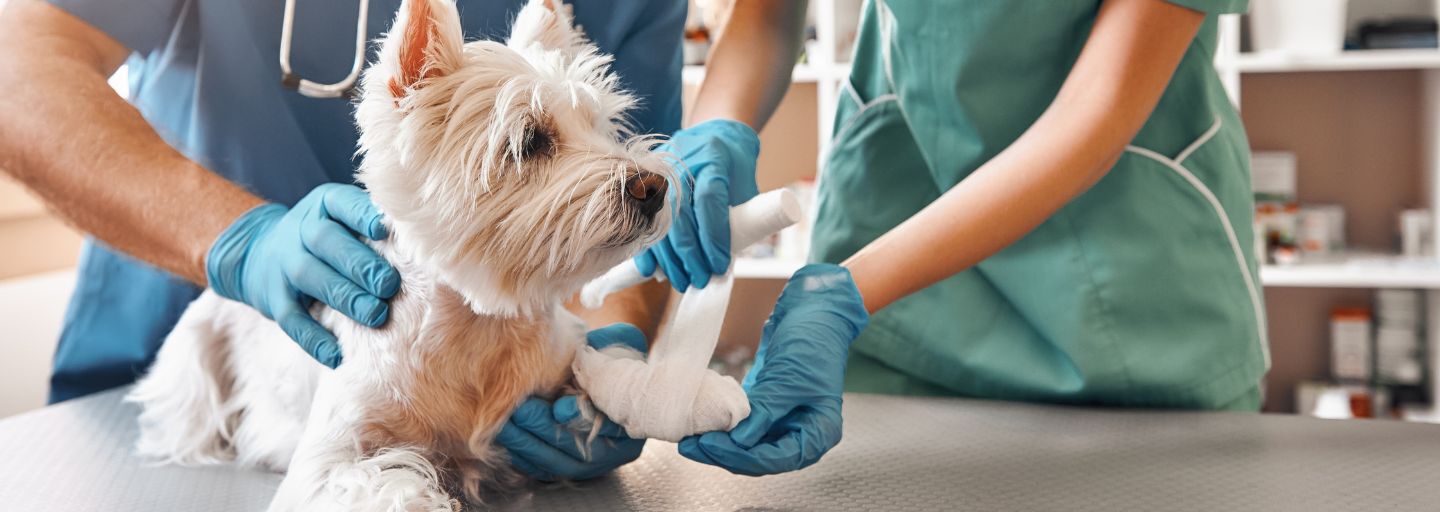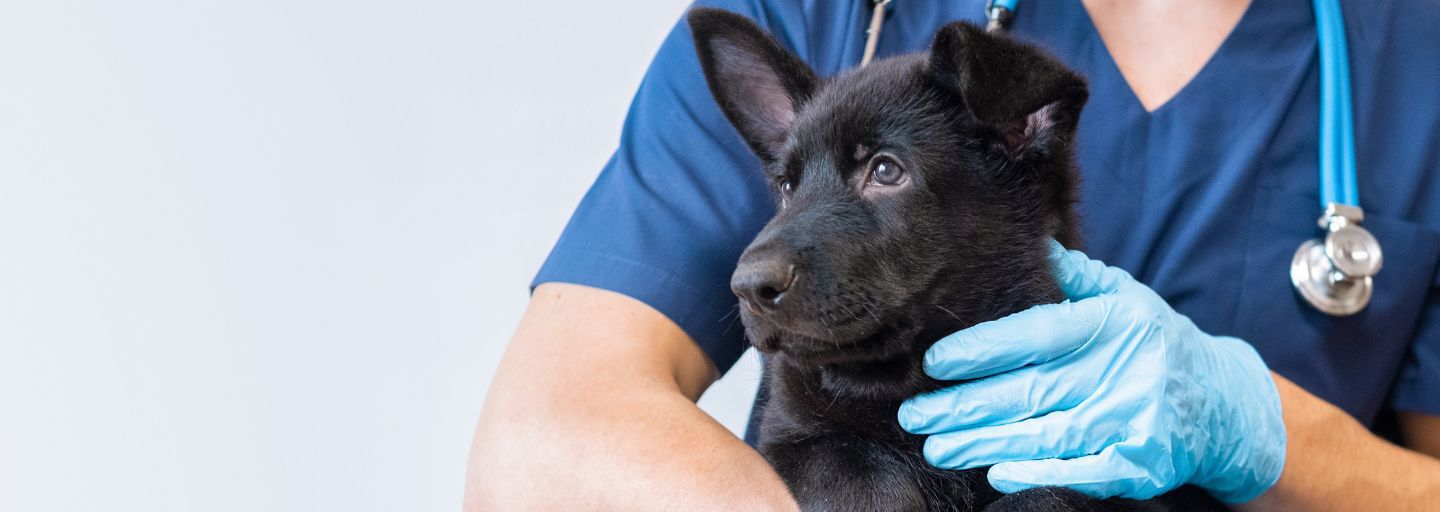As responsible pet owners, it's crucial to be prepared for any emergencies or accidents that may occur with our beloved dogs. Having a basic understanding of dog first aid can make a significant difference in providing immediate care and potentially saving their lives.
Stay Calm and Assess the Situation
In any emergency, it's important to remain calm and composed. Assess the situation and ensure your own safety before approaching your dog. If necessary, move your dog to a safe area away from any potential dangers.
Have a Pet First Aid Kit
It's essential to have a well-stocked pet first aid kit readily available. Include items such as gauze pads, adhesive tape, antiseptic solution, tweezers, a digital thermometer, and emergency contact numbers. Familiarise yourself with the contents of the kit and their proper usage.
Control Bleeding
If your dog is bleeding, apply gentle pressure to the wound using a clean cloth or gauze pad. Elevate the injured area, if possible, to help reduce blood flow. If bleeding persists or is severe, seek immediate veterinary attention.
Perform CPR (Cardiopulmonary Resuscitation)
Knowing how to perform CPR on a dog can be lifesaving in certain situations. If your dog is unresponsive and not breathing, check for a pulse and begin CPR if necessary. Learn the proper technique from a certified instructor or consult with your veterinarian.
Handle Fractures with Care
If you suspect your dog has a fracture, avoid moving them unless absolutely necessary. Stabilise the injured limb by gently splinting it with a rigid object, such as a rolled-up newspaper or a board. Seek veterinary assistance as soon as possible.
Treat Burns and Scalds
If your dog suffers from a burn or scald, immediately flush the affected area with cool water to help alleviate pain and prevent further damage. Do not apply ice or any ointments without veterinary guidance. Seek veterinary attention for proper evaluation and treatment.
Manage Heatstroke
Heatstroke is a serious condition that can be life-threatening for dogs. If your dog shows signs of excessive panting, drooling, weakness, or collapse in hot weather, move them to a cool, shaded area and apply cool (not cold) water to their body. Seek immediate veterinary attention as heatstroke requires prompt medical intervention.
Handle Poisoning
If you suspect your dog has ingested something toxic, contact your veterinarian or a pet poison helpline immediately. Do not induce vomiting unless specifically instructed to do so by a professional. Keep any packaging or information about the substance for reference.
Address Choking
If your dog is choking and unable to breathe, carefully open their mouth and check for any visible obstructions. If you can safely remove the object, do so. If the object is lodged and you cannot remove it, perform the Heimlich manoeuvre by applying firm pressure just behind the ribcage. Seek veterinary assistance if the choking persists.
Be Prepared for Seizures
During a seizure, ensure your dog's safety by moving them away from any hazards. Do not attempt to restrain or hold them down, as this can cause injury. Keep track of the duration and intensity of the seizure and contact your veterinarian for guidance.
Electrocution
If your dog has been electrocuted, ensure your own safety before approaching them. Turn off the source of electricity if possible, using a non-conductive object. Do not touch your dog directly if they are still in contact with the electrical source. Once the electricity is off, check for signs of breathing and perform CPR if necessary. Seek immediate veterinary attention as electrocution can cause internal injuries.
Dehydration
Dehydration can occur in dogs, especially during hot weather or physical exertion. Signs of dehydration include dry gums, sunken eyes, lethargy, and loss of skin elasticity. Offer your dog small amounts of water to drink and provide a cool, shaded area for them to rest. If dehydration persists or is severe, seek veterinary assistance for proper rehydration.
Insect Bites/Stings
Insect bites or stings can cause discomfort and allergic reactions in dogs. If you notice a bite or sting, remove the stinger if visible using a credit card or tweezers. Apply a cold compress or ice pack wrapped in a cloth to reduce swelling. Monitor your dog for signs of an allergic reaction, such as difficulty breathing or swelling of the face, and seek veterinary attention if necessary.
Near-Drowning
If your dog has experienced a near-drowning incident, remove them from the water immediately, ensuring your own safety. Clear their airway if necessary and perform CPR if they are unresponsive and not breathing. Even if your dog appears fine after a near-drowning incident, it's important to seek veterinary attention as secondary complications can arise.
Car Accidents or Serious Falls
In cases of car accidents or serious falls, it's crucial to prioritise your safety and contact emergency services if needed. Approach your dog with caution, as they may be frightened or in pain. Keep them as still and calm as possible, avoiding any unnecessary movement. Use a stretcher or a makeshift carrier to transport them, taking care to support their neck and spine. Seek immediate veterinary attention, as internal injuries may not be immediately apparent.
Remember, these first aid tips are meant to provide initial care and stabilise your dog's condition until professional veterinary assistance can be obtained. It's important to contact your veterinarian or an emergency veterinary clinic as soon as possible for further evaluation and treatment.
Consider enrolling in a pet first aid and CPR course to gain more in-depth knowledge and practical skills. These courses are often offered by veterinary clinics, animal welfare organisations, or certified instructors.
By being prepared and knowledgeable in dog first aid, you can provide immediate care to your furry friend in times of need. Your quick actions can make a significant difference in their well-being and potentially save their lives.







